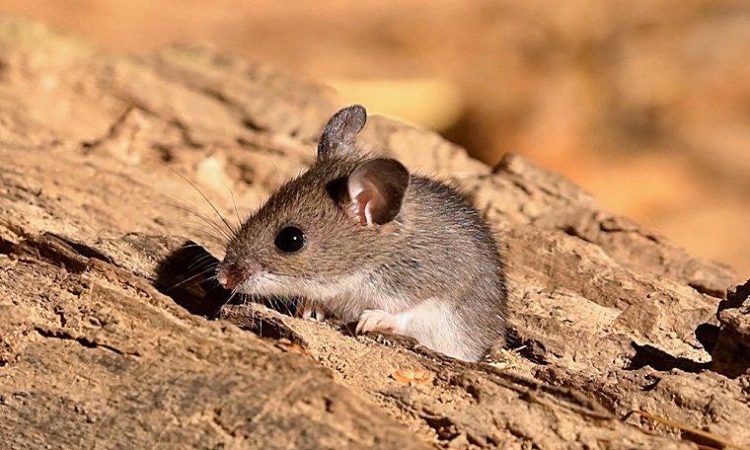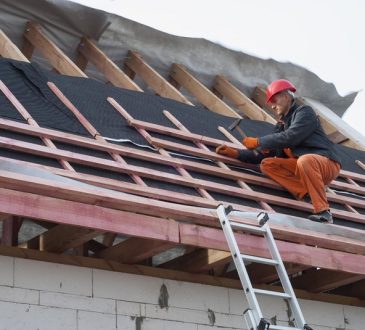
In Denver, the winter temperatures regularly drop below freezing, and when that happens, mice and rats begin searching for warm shelter. This makes your house prime real estate for these unwanted visitors. From October to March, thousands of critters will make their way into the Mile High City, looking for shelter from the brutal Colorado winter. When they get inside, they do not remain silent; they regularly gnaw on wiring, spoiled food, and fecal matter in your living spaces.
The good news? Now, you have the power to protect your property. If you are already seeing signs of activity, Saela Pest Control can solve the problem before it gets out of hand.
Early Warning Signs of a Rodent Infestation
- Droppings near food sources – Areas such as pantries, cupboards, or behind appliances that contain tiny, dark granules indicate the presence of active rodents.
- Gnaw marks on wood or plastic – New chew marks will be pale in color and show recent activity
- Scratching sounds in walls or ceilings – Because mice and rats are nocturnal and most active when your house is quiet
- Greasy rub marks along baseboards – Rodents leave dark smears along their regular pathways
- Nests made from shredded materials – Search for torn paper, torn fabric, or torn insulation in out-of-sight areas
How to Rodent-Proof Your Denver Home Before Winter Hits
-
Seal Entry Points Around Your Foundation
A mouse can enter your home through an opening as small as the diameter of a dime. Take a stroll around the outside of your home and look for cracks in the foundation, gaps around utility lines, and cracks where pipes enter the building. For these openings, use caulk with steel wool, so rodents can not chew through the steel fibers.
-
Install Door Sweeps and Weather Stripping
Drafts enter Denver homes through the doors; these gaps also allow rats and mice inside. Use high-quality door sweeps for every exterior door, including the garage door. Inspect weatherstripping around windows and replace worn sections. It serves double duty, keeping those rodents out and the heat in on those chilly nights on the Front Range.
-
Trim Vegetation Away from Your Home’s Exterior
Overgrown bushes and tree branches can become superhighways for rodents to access your roof and upper levels. Keep branches trimmed at least six feet from your home. Prune bushes back away from the foundation to remove hiding places for pests. Colorado State University Extension states that reducing access points to your landscape can result in a 60% reduction in maintenance costs with proper maintenance.
-
Store Firewood at Least 20 Feet from the House
Some Denverites pile firewood directly next to their houses for quick access in the winter months. It literally makes the ideal rodent house on the wall beside you. Store wood piles above ground, away from structures. Limit the amount of wood you have to only what you can burn in a day or two.
-
Secure Trash and Compost Bins Properly
Rats and mice in Denver have taken to living in dirty areas, eating leftovers. Use trash cans with tight-fitting lids, and store them in your garage if possible. Regularly clean up spilled birdseed. When other food sources become scarce in the winter, spillage becomes an overall attraction for mice and rats.
Keep Your Denver Home Rodent-Free
Keeping your Denver property free of wintertime rodent invasions requires experience and diligence. Once rodents gain a foothold, they can be tough to eliminate without professional help. Companies like Saela Pest Control offer full-service rodent control in Colorado homes, targeting both immediate elimination and future risk reduction. They understand how Colorado’s freeze-thaw cycles affect rodent behavior and pinpoint when mice and rats infiltrate Denver homes at different times of winter.




